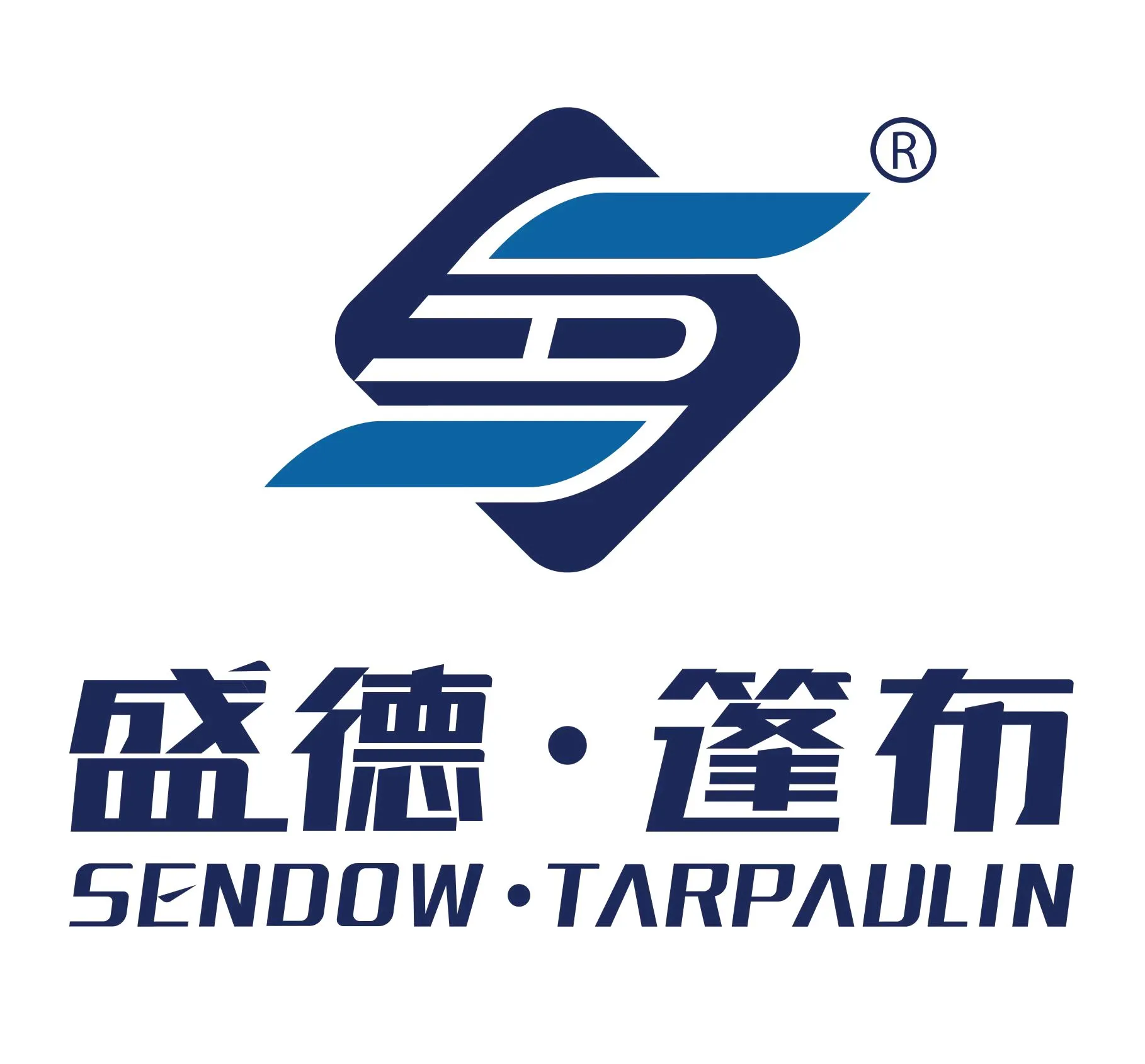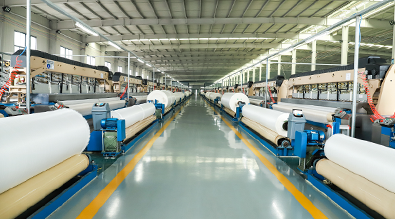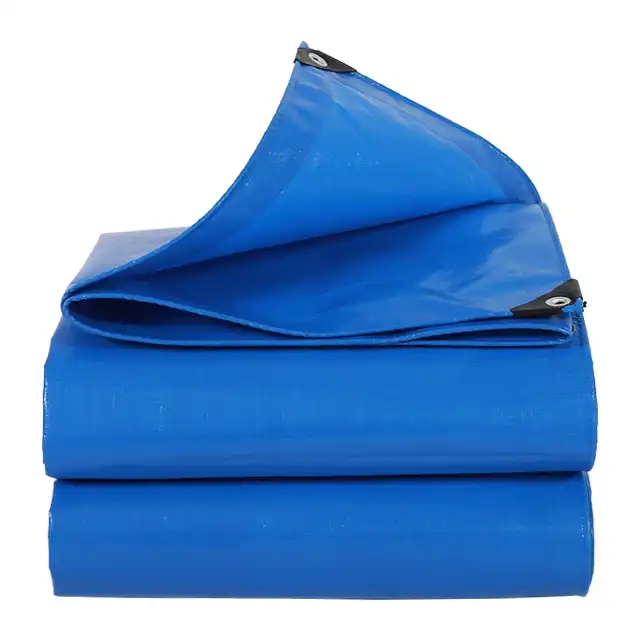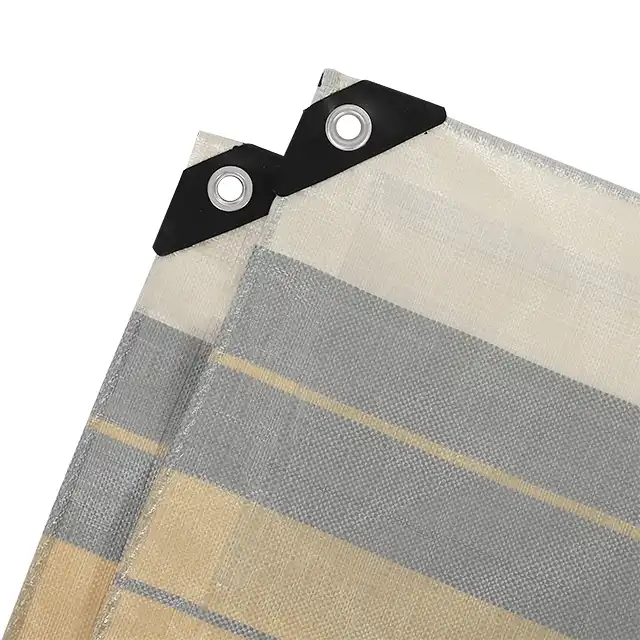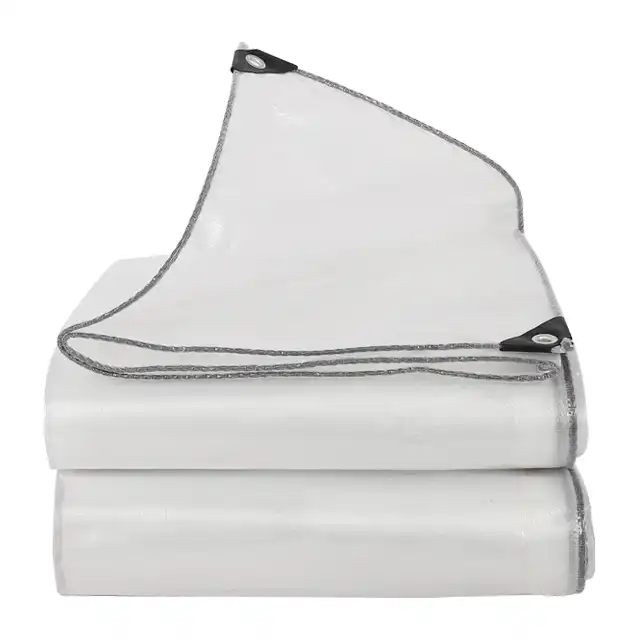What Is the Difference Between Polypropylene and Polyethylene Plastic Tarp?
Polyethylene (PE) and polypropylene (PP) plastic tarps are essential materials in various industries, each with unique characteristics that make them suitable for different applications. Understanding the fundamental differences between these two types of plastic tarps is crucial for selecting the right material for specific needs. This comprehensive guide will explore the intricate distinctions between polyethylene and polypropylene tarps, delving into their composition, properties, manufacturing processes, and practical applications.
Material Composition and Molecular Structure
Fundamental Chemical Differences
 Polyethylene plastic tarps represent a remarkable engineering achievement in materials science. At the molecular level, polyethylene is a polymer composed of long chains of ethylene molecules, characterized by its exceptional versatility and adaptability. The molecular structure of polyethylene allows for variations in density and crystallinity, which directly influence the tarp's performance characteristics. The manufacturing process of Polyethylene Plastic tarp involves carefully controlled polymerization techniques that create different grades of material. High-Density Polyethylene (HDPE) and Low-Density Polyethylene (LDPE) offer distinct properties that make them suitable for various applications. For instance, Linyi Shengde Plastic Co., Ltd. utilizes advanced production techniques, incorporating HDPE woven fabric with LDPE coating to create tarps with superior strength and durability.
Polyethylene plastic tarps represent a remarkable engineering achievement in materials science. At the molecular level, polyethylene is a polymer composed of long chains of ethylene molecules, characterized by its exceptional versatility and adaptability. The molecular structure of polyethylene allows for variations in density and crystallinity, which directly influence the tarp's performance characteristics. The manufacturing process of Polyethylene Plastic tarp involves carefully controlled polymerization techniques that create different grades of material. High-Density Polyethylene (HDPE) and Low-Density Polyethylene (LDPE) offer distinct properties that make them suitable for various applications. For instance, Linyi Shengde Plastic Co., Ltd. utilizes advanced production techniques, incorporating HDPE woven fabric with LDPE coating to create tarps with superior strength and durability.
Molecular Weight and Density Variations
Polyethylene's molecular weight and density play a critical role in determining the final product's characteristics. The company's advanced manufacturing process allows for producing polyethylene tarps with weights ranging from 65 gsm to 280 gsm, and thicknesses between 0.1mm to 0.2mm. These variations enable the creation of tarps with specific performance attributes tailored to different industrial and commercial requirements.
Polymer Chain Configuration
The unique polymer chain configuration of polyethylene enables remarkable flexibility and resilience. Linyi Shengde's production process ensures that the tarp maintains its structural integrity across various environmental conditions, with features like UV treatment (1-7%), waterproofing, and resistance to mildew and tears.
Manufacturing and Technical Specifications
Advanced Production Technologies
Polyethylene Plastic tarp manufacturing represents a sophisticated intersection of chemical engineering and industrial production. Linyi Shengde Plastic Co., Ltd. demonstrates this through its comprehensive production capabilities, which include 15 wire drawing lines, over 200 water-jet looms, and 5 coating machines. The company's technical prowess is evident in its ability to produce tarps with precise specifications. Their production process involves multiple critical steps, including yarn extruding (with yarn thickness from 400D to 2500D), fabric weaving (using Korea-imported automatic water-jet looms), and specialized coating techniques that ensure optimal performance.
Quality Control and Standardization
Rigorous quality management is paramount in polyethylene tarp production. Linyi Shengde employs advanced testing equipment and has established a comprehensive quality monitoring system that covers every production stage. The company's ISO 9001:2015 certification underscores its commitment to maintaining exceptional standards in tarp manufacturing.
Technological Innovation in Tarp Production
Continuous research and development drive innovation in polyethylene tarp manufacturing. The company's R&D team has successfully developed breakthrough technologies, including ultra-wide width braiding machines and tarps with advanced functionalities like fire prevention and enhanced waterproofing.
Practical Applications and Performance Characteristics
Versatile Usage Across Industries
Polyethylene Plastic tarp demonstrates extraordinary versatility, finding applications in numerous sectors. From packaging materials and wood covers to truck covers, car canopies, and agricultural uses like greenhouse fabrics and aquaculture tarps, these materials offer unparalleled utility. The tarps produced by Linyi Shengde exhibit remarkable features such as 100% waterproofing, tear resistance, UV treatment, and exceptional durability. Their ability to maintain performance in diverse environments – from arctic conditions to tropical settings – makes them an indispensable material across multiple industries.
Environmental and Performance Considerations
Polyethylene Plastic tarp technology has evolved to address critical environmental challenges and performance demands across multiple industries. The material's inherent properties make it an exceptional solution for applications requiring robust protection against environmental extremes. Linyi Shengde's advanced manufacturing processes have refined the Polyethylene Plastic tarp to exhibit remarkable characteristics such as 100% waterproofing, superior tear resistance, and exceptional durability under varying climatic conditions. The environmental adaptability of these tarps is particularly noteworthy. Engineered to perform in temperatures ranging from arctic conditions to tropical environments, the Polyethylene Plastic tarp demonstrates remarkable flexibility and resilience. The material's molecular structure allows it to maintain structural integrity and performance characteristics even under extreme stress. This includes resistance to UV degradation, chemical exposure, and mechanical strain, making it an ideal choice for applications ranging from agricultural crop protection to industrial equipment covering. Furthermore, the sustainability considerations of Polyethylene Plastic tarp production have become increasingly important. Linyi Shengde has invested significantly in developing manufacturing processes that minimize environmental impact while maximizing product performance. The company's research and development team continuously explores innovative approaches to reduce material waste, improve recyclability, and develop more eco-friendly production methods. This commitment extends to creating Polyethylene Plastic tarp solutions that not only meet technical performance requirements but also align with growing environmental consciousness in global markets.
Customization and Specialized Solutions
The world of Polyethylene Plastic tarp manufacturing represents a pinnacle of industrial customization and technological innovation. Linyi Shengde Plastic Co., Ltd. has established itself as a leader in providing tailored solutions that meet the most demanding and specific customer requirements. Their advanced production capabilities allow for unprecedented levels of customization, ranging from precise dimensions to specialized treatments that enhance the performance of Polyethylene Plastic tarp in various challenging environments. The customization process begins with an in-depth consultation to understand the unique needs of each client. Whether it's a agricultural project requiring specific UV resistance, a construction application demanding extreme durability, or a humanitarian mission needing lightweight yet robust coverage, the company's engineering team can develop a Polyethylene Plastic tarp that precisely meets those specifications. This approach goes beyond standard manufacturing, involving complex material science considerations such as molecular weight adjustments, coating technologies, and specialized weaving techniques. Moreover, the company's commitment to customization extends to aesthetic and functional aspects. Clients can specify exact color requirements, with the ability to produce Polyethylene Plastic tarp in virtually any color palette. The technical capabilities include variations in thickness from 0.1mm to 0.2mm, weights ranging from 65 gsm to 280 gsm, and specialized treatments like enhanced UV protection, fire retardancy, and extreme weather resistance. This level of customization transforms the Polyethylene Plastic tarp from a simple covering material to a sophisticated, purpose-engineered solution.
Conclusion
Polyethylene plastic tarps represent a pinnacle of modern material engineering, offering unparalleled versatility, durability, and performance across diverse applications. Their sophisticated molecular structure, advanced manufacturing processes, and remarkable adaptability make them an essential material in numerous industries. Interested in exploring customized polyethylene tarp solutions? Connect with our expert team at Linyi Shengde Plastic Co., Ltd. We're committed to delivering high-quality, innovative tarp solutions that meet your specific requirements. Contact us: info@shengdetarp.com
References
1. Smith, J. P. (2019). Polymer Science and Engineering: Advanced Materials. Academic Press.
2. Thompson, R. L. (2020). Industrial Applications of Polyethylene Composites. Materials Research Journal.
3. Chen, H. (2018). Advances in Polymer Manufacturing Technologies. International Materials Review.
4. Williams, M. K. (2021). Tarp Technology: Innovations and Applications. Engineering Materials Quarterly.
5. Rodriguez, A. (2017). Comparative Analysis of Synthetic Polymer Materials. Materials Science Compendium.
6. Kumar, S. (2022). Modern Trends in Plastic Engineering. Industrial Polymer Research.
